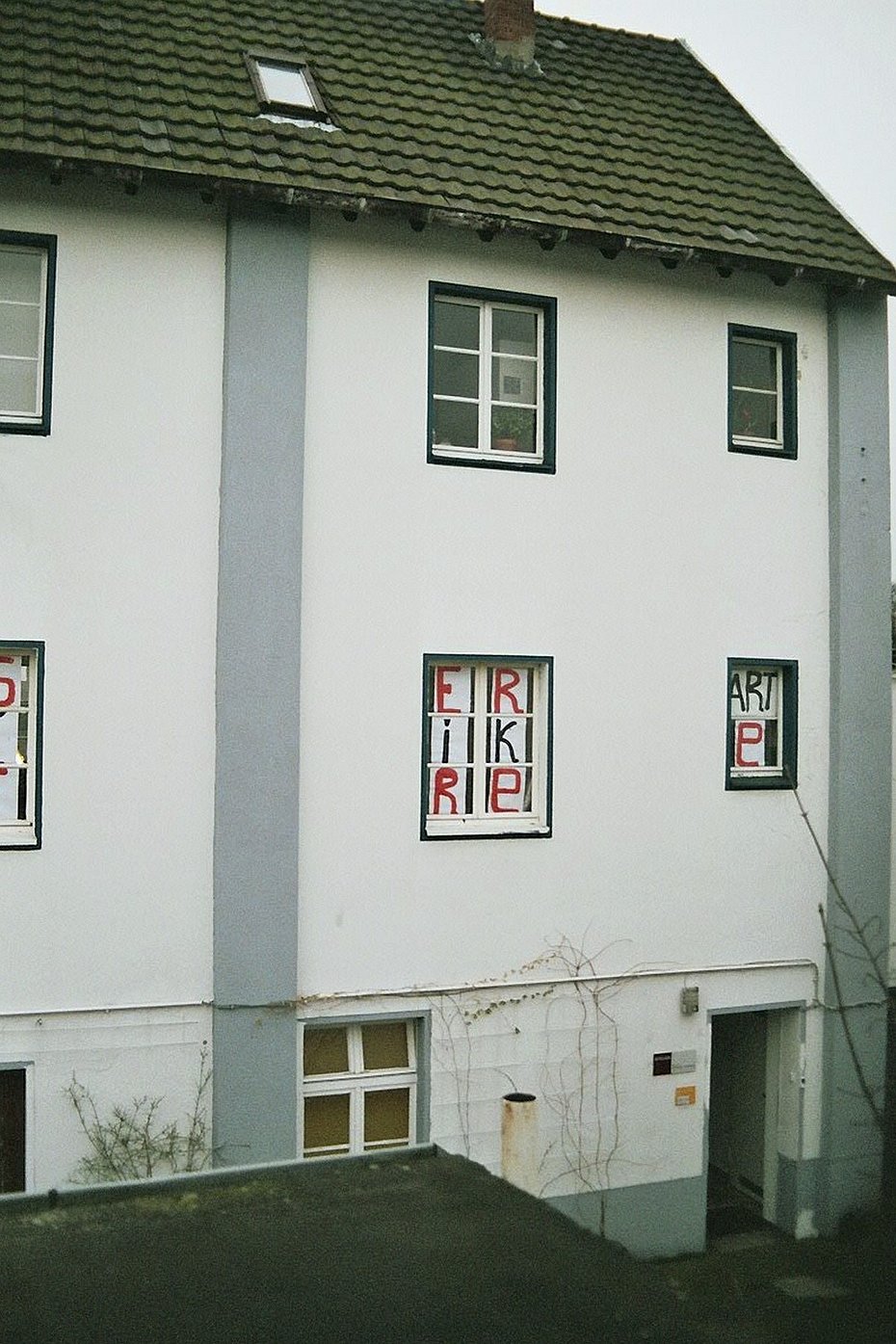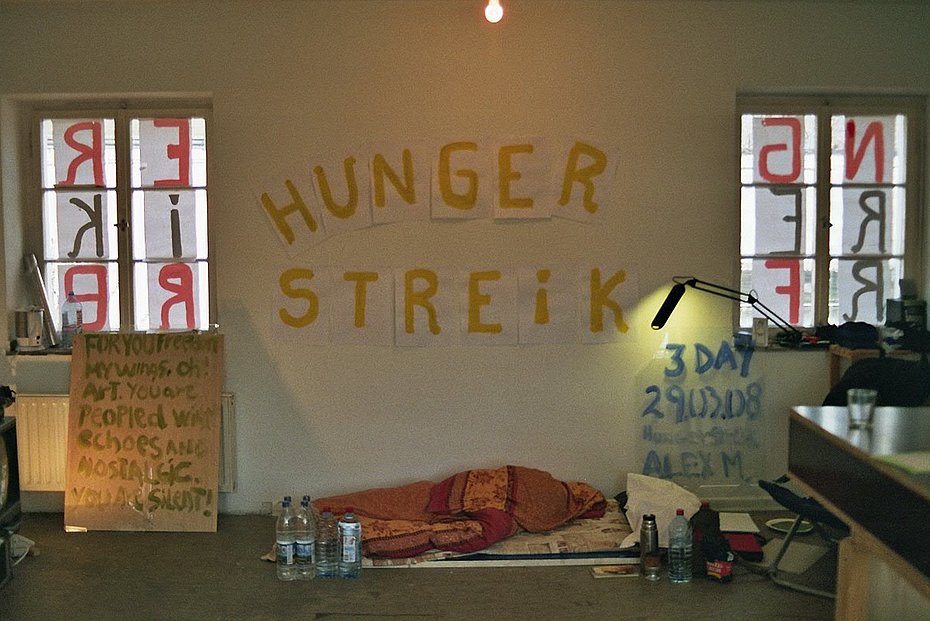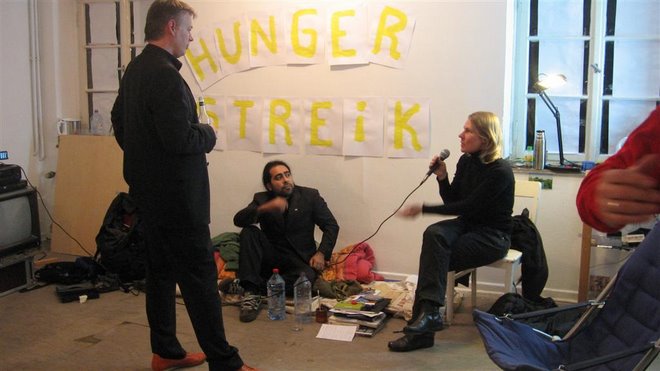The cultural memory shapes human development since its inception. The artist as a witness has a significant role to play in this process(Guillaume Bijl). If we can now observe, how in today's society the art market (collectors) can decide whether a work will be accessible to the public, or not, then this is very worrying. They speculate with paintings, sculptures, installations like if these works had a purely economic value. The galleries act as parts of companies in a holding company.
I don’t want to leave aside the importance of economic stability for the artist, or the knowledge that his work is valued, but today's reality is that the economic viability undermines the importance of artistic creativity. The goal of a work of art is, to be seen by as many people as possible, and to be the subject of collective reflection. Only then can a dialogue be established, which makes that the art is alive. This reflexive process genered by an aesthetic experience has become more and more difficult by the power structures of modern art. One example is the American artist Mark Rothko, of whom there is a retrospective in Munich and Hamburg to see. This will probably be the last exhibition of this most important international artist whose works cost up to 73 million dollars. But it is precisely this fact that makes further exhibitions highly unlikely, since it is almost impossible to insure images of such a high-priced category. This is especially true for the less prestigious exhibition places. In the case of Munich and Hamburg, the German government has made possible this retrospection BY important financial assistance. This is where speculation of the great leaders of the art market can lead us. The right of the art as a universal cultural ambassador is injured. These events cause me a growing malaise, which I want to express with a hunger strike.
For the artist, every work of art is like an own child. If this work of art gets no chance to evolve and grow, by being issued, reflected and commented, then this is like an abortion. This happens, for example, with most works of art in the Third World, which never will be accepted by the current power centers of the art. But the same risk exists for the most well-known artists whose status as cultural witnesses are in danger to be undermined. Their work often learns only a limited and controlled growth.




